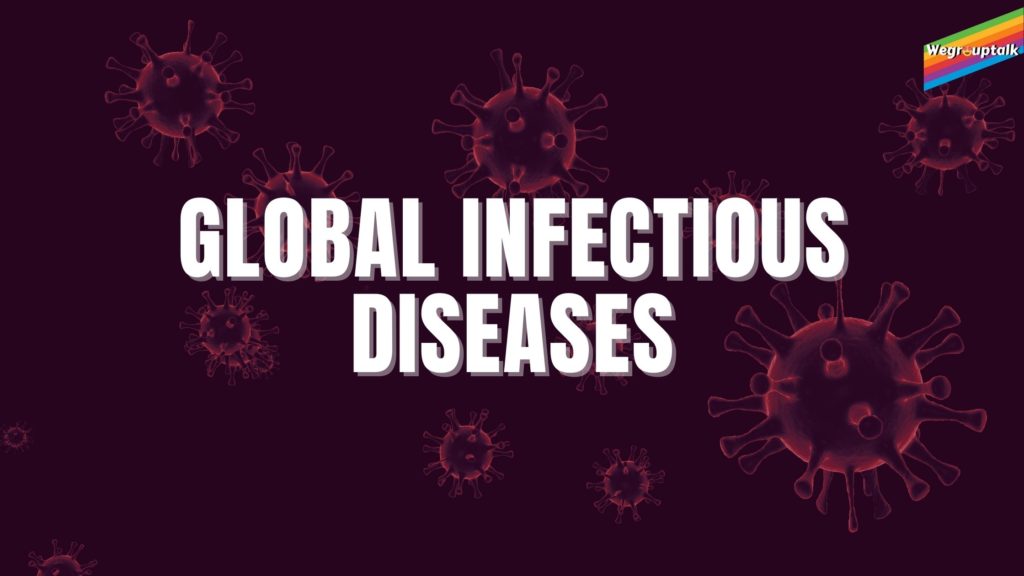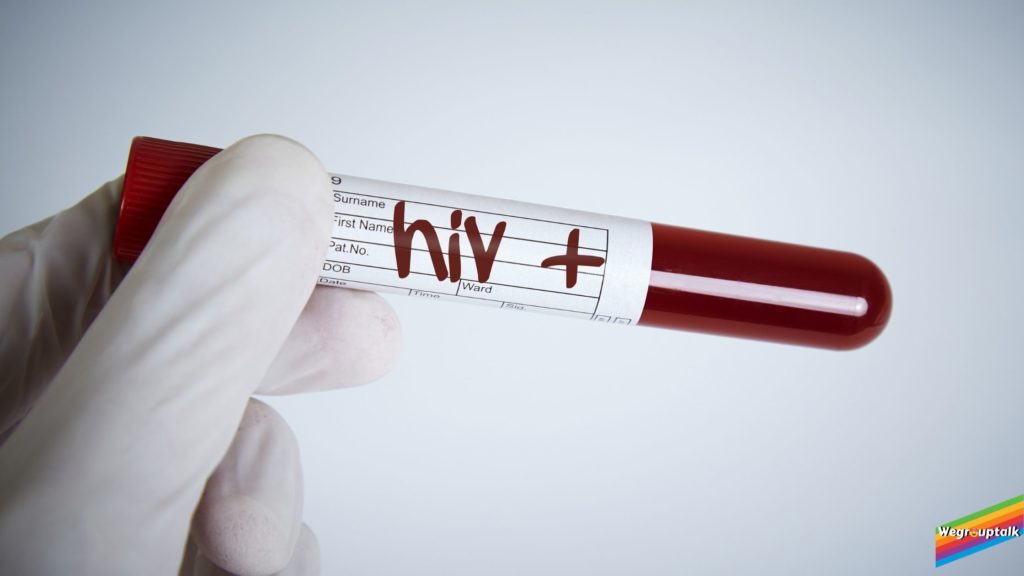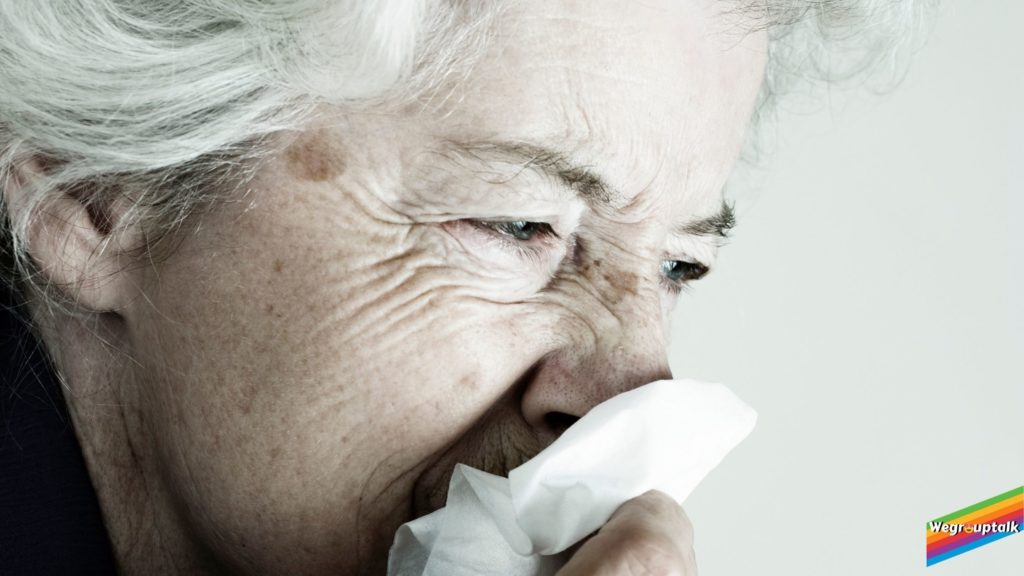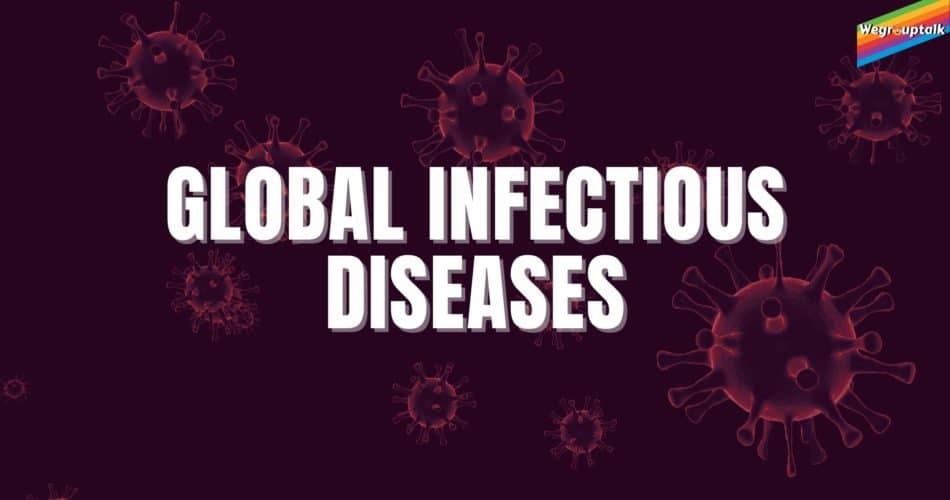This world has developed an extensive global health network as a defensive wall against the unknown and known bacterias, viruses, infections, and diseases that threaten humanity. This evolving network of the health system has done a lot to keep the human health safety and encourage good well being. However, this world still is confronting emerging and are-emerging and withstanding infectious disease threats. These traits differ in terms of frequency and intensity or severity. They affect our health and increase the world’s mortality rate. They also have several social and economic consequences in this world.
Twenty-first-century scenario
In this 21st century, infectious diseases have taken a lot of concern in developed and developing nations. Issues of contagious diseases have taken prominence and are on the agendas of the governments, health policymakers, the world leaders and philanthropists. This includes both the scientific challenges like making vaccine and the deteriorating effects of infections and diseases on the development of a nation be it political or economic.
Nonetheless, the medical sciences’ history in infectious diseases is filled with actual and significant accomplishments that significantly impact humanity. The successful prevention, treatment and diagnosis of a wide range of infections have proved to be socially, economically and politically beneficial.

Scope of the problem
Infectious diseases have increased the mortality rate of this world. It is the second most leading cause of death in this world. These diseases include HIV/AIDS, tuberculosis, diarrhoeal diseases, acute lower respiratory tract infections and malaria. These diseases remain a concern for public health in all nations. The continuous evolution of the emerging and re-emerging diseases, notably HIV/AIDS pandemic in the developing countries has heightened the global impact of infectious diseases in this century.
Emerging and re-emerging of infectious diseases.
Emerging infections other ones who have not been recognised previously. One typical example of an emerging disease is HIV / AIDS pandemic. AIDS’s had not identified its impact on the health of the public yet.
Re-emerging infections are the ones which have been experienced in the past but have Re-occurred again in the future in a more severe form or some other the epidemiological setting. Examples of re-emerging infections are the pandemics of 1968, 1957 and 1918 because of influenza A; a re-emerging infection.
Globally there has been a continuous evolution of several emerging and re-emerging infections with varying severity. Perhaps, the most significant challenge in finding out the cause of the infectious disease is anticipating and responding to the vast possibility of reasons, and the main ones include unknown pathogens.
Now, let us glance at some of the epidemics that have been caused lately in the 21st century.
HIV / AIDS
This infectious disease is the most salient modern example of an emerging infectious disease. It probably emerged after a series of independent events, in the air that the virus jumped from one primate host which were chimpanzees to another which were humans. Then its further spread in humans Because of social and demographic factors.
By the end of the year 2000, there were approximately 22 million cumulative deaths because of AIDS. In many southern African countries, people’s life expectancy decreased drastically because of the HIV/AIDS pandemic. There is a possibility of India and other south and south-eastern Asian countries being the next epicentre for the syndrome.

Malaria
World over the infectious disease malaria is the most prevalent one which affects humans. The malarial parasite kills 500 million people every year, and At least 100 acute malaria cases come up every year.
The infection is a very dynamic one, and there are many factors which come into play when we see how malaria happens. It affects new populations and geographical regions as the malarial parasite’s biology is evolving, especially concerning drugs’ susceptibility.
Infectious diseases like multidrug-resistant malaria have infected many people, but they have remained geographically restricted because of the demography of locations. This also led to a problematic situation for the region but did not become a threat to the global public.
Ebola virus and Nipah virus
A few viruses like the Ebola virus and Nipah virus have been quite virulent, but they have relatively involved a small number of people, and there is spread had been restricted.
Ebola virus was transmitted from wild animals to human beings and was further spread by human to human transmission. It is supposed that the virus was transmitted from Fruit bat. It is considered to be a natural Ebola virus-host. The virus was later transferred to humans via the infected animals like gorillas chimpanzees etc. who were found dead or sick in the forests.
Whereas, Nipah virus is because of a zoonotic pathogen which causes severe febrile encephalitis; a mental medical condition which further results in death.

Dengue and West Nile fever
Dengue and West Nile fever are two examples of recently re-emerged infections. These infections are presently causing a lot of concern, specifically in the United States of America and Brazil. In addition to these two countries, countries of South and Central America and those in the Caribbean have also faced varying seriousness of the dengue infection. The history of the diseases tells us that these diseases have repeatedly been re-emerging and have become a constant threat to the people.
Dengue is a threat to the area because the vectors of it are widely dispersed over there. The West Nile fever is caused by a virus known as flavivirus that gets transmitted by mosquitoes, and several birds serve as its immediate posts. Human to human transmission of infection does not occur in this virus, and therefore humans are considered dead-end hosts. On the other hand, certain mosquito species and a specific population of birds serve as reservoirs to the virus. This fever is native to the region of the West Nile river as its name says.
Dengue fever has proved to be one of the most rapidly emerging infectious disease globally because of international travel as it continues to spread as a travel-related infection.
Influenza A
No discussion of the global threat of infectious diseases can be complete without mentioning the Influenza A infection. Statistically seen, on an average around 20,000 deaths caused in the United States of America by A. flu Serious epidemics of this virus keep occurring every 20 to 40 years, and it takes many lives.
The virus is infamous for its ability to change its genetic information. If the virus makes large changes in its genes, then it can cause pandemics. This is because the human immune system is not made to recognise and defend against this new variant. The possibility of substantial genetic changes happening and being passed into humans increases when people Live in the close area or contact animals that help in agriculture like pigs, chicks, dogs, etc. Such animals are the natural hosts of the Influenza A virus.

What is the main issue arising?
Antimicrobial resistance is the answer to it. The development of resistance to microbes by antimicrobial drugs has always caused medical science because of the first antimicrobial agents. Sadly, this issue has worsened because of the widespread and the fear of inappropriate use of antimicrobials. The 21st century has faced this problem of antimicrobial drugs even more than any other century. The reason behind this is the emergence of resistant strains of several severe damages causing microbes. This includes enterococci, Staphylococcus, pneumococci, Plasmodium falciparum and Mycobacterium tuberculosis.
In HIV/AIDS treatment, there has been a lot of success in anti-retroviral drugs. Still, the development of viral resistance is the central issue acting as a barrier in the management of HIV infected people.
Other causes
The global health community must also realise that one of the threats is posed by the possibility of a human-formed infectious disease outbreak. It could be an accidental release of infectious agents from research facility or because the man wanted to make some intentional biological attack.
Examples of this are many. In 1993, the Japanese doomsday cult Aum Shrinkiyo spread anthrax spores from the top of a cooling tower in Tokyo in a failed attempt to start an epidemic. The next to next year in 1995, The same group of people used chemical weapons similar to sudden in an attack on the same city, Tokyo’s subway system, which caused many injuries and 13 deaths.
The next example of a human-caused infectious disease outbreak can be taken as the one in 2001 in the US. An attacker With unknown objectives caused a lot of chaos and terror in the country by mailing letters laced with anthrax to the office of two senators and multiple news media members. This resulted in five deaths.
There are many more such examples of incidents that could have turned into epidemics, and the global health community needs to pay attention to it.
What can be done to improve the condition?
Well, Strategies to contain antimicrobial resistance should be made in these early years of this century. The strategies must include control programs for appropriate infection control of microbial infections, heightened surveillance, promotional of only rational use of antimicrobials, and the research work in areas of microbial pathogenesis must be accelerated. More funds are allocated for an improved system of diagnostics and the development of drugs and vaccines.
Measures
Ever since the COVID-19; caused by an unknown coronavirus SARS- CoV-2, an ongoing pandemic has happened, everyone has become cautious about the infectious diseases around one’s surrounding. People have become more aware of the global threat of infections and have started taking measures and precautions to safeguard themselves from it.
We all have heard of the phrase prevention is better than cure. So why not try to prevent ourselves than later trying to cure it.

This brings me to the question- What measures can be taken to stop the spread of infectious diseases?
It is noteworthy that the researchers and scientists are continuously working towards people’s well-being and public health. They’re doing their level best to protect us from infectious diseases. They are trying to find a cure for such infections. Still, there are many diseases whose treatment has not been found, so it is our moral responsibility and duty to protect ourselves from infectious diseases.
Precautions for Infectious diseases
The measures which we can take are –
- Living arrangement- People must hygienically live and should not live in overcrowded spaces, or else it Increases the chances of spreading infectious diseases.
- Access to information and public education- Public officials and the press workers should present accurate scientific knowledge to society’s people in a timely and truthful manner. This would help people get to know a clear picture of what kind of diseases or prevalent in their community and how they can protect themselves.
- Regular health check-ups- People Must go for regular health check-ups so that they and the doctor can get to know if there is something unusual in the body.
- Social distancing- We all should prefer talking to people with some distance. This will decrease the risk of infection for both people.
- Washing of exposed area- If You happen to visit and unhygienic or an unclean area, then make sure that you wash all the body parts exposed to the air properly with disinfectants when you come home. This minimizes the individual’s risk to infections.
Conclusion
This century has witnessed an ever-increasing emphasis on infections because of the emerging and re-emerging diseases that continue to challenge us and the globalisation that has happened, which has led to an awareness among people and understanding to address the problem of these infections diseases.
“It is always an uncertainty. We are always at the infectious disease roulette table. “
Dr. William
I also personally be still at challenges keep coming in life, but we have to face and overcome them. Likewise, infectious diseases come as a challenge to this world, but researchers and scientists are doing their part of searching and finding the cure to those infections. We the ordinary people must do our part by taking precautions and measures for it. By this, we can together make this world a better place to live in.
Follow us on FACEBOOK, INSTAGRAM and TWITTER to stay connected.
Also Read- How to improve health?




